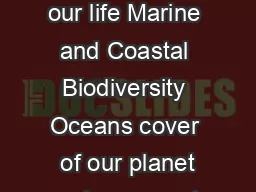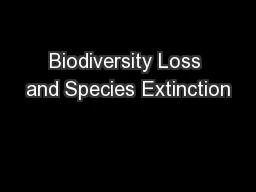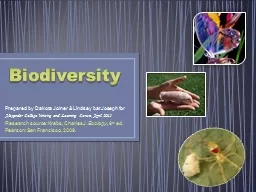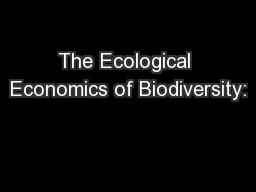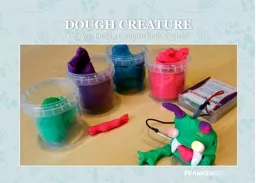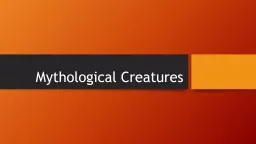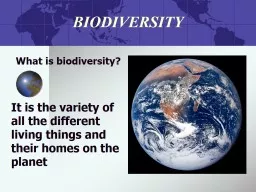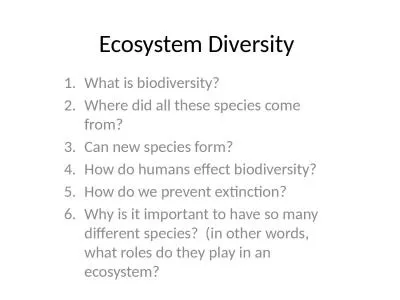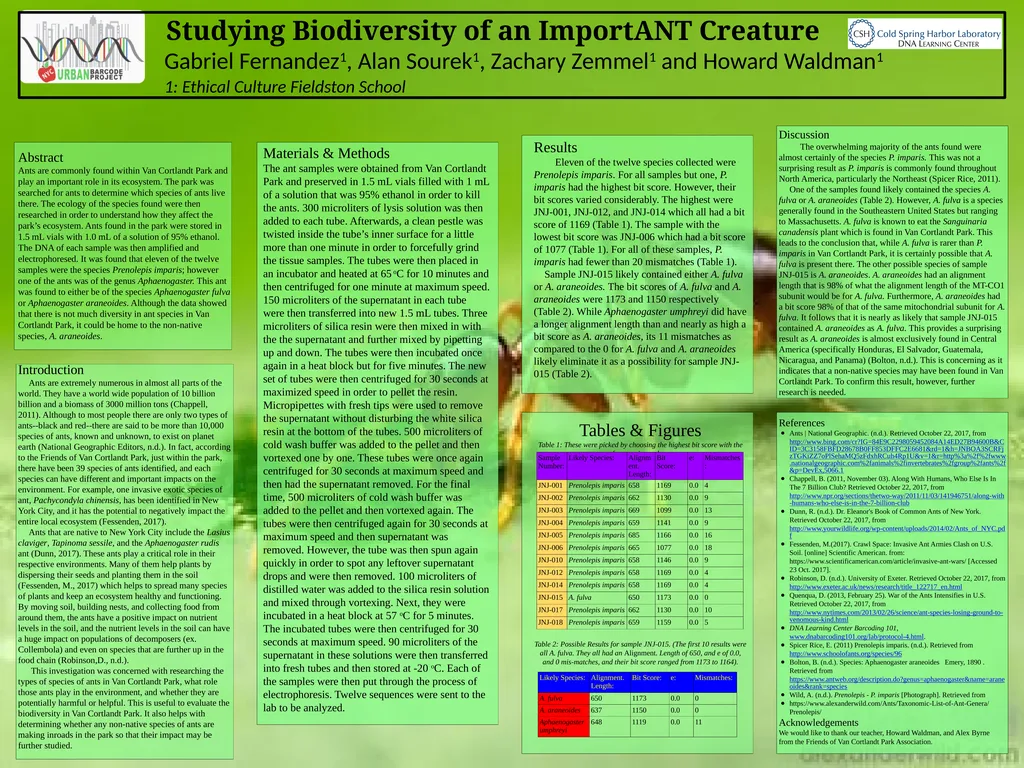
Author : olivia-moreira | Published Date : 2025-08-04
Description: Studying Biodiversity of an ImportANT Creature 1: Ethical Culture Fieldston School Gabriel Fernandez1, Alan Sourek1, Zachary Zemmel1 and Howard Waldman1 Abstract Ants are commonly found within Van Cortlandt Park and play an important roleDownload Presentation The PPT/PDF document "" is the property of its rightful owner. Permission is granted to download and print the materials on this website for personal, non-commercial use only, and to display it on your personal computer provided you do not modify the materials and that you retain all copyright notices contained in the materials. By downloading content from our website, you accept the terms of this agreement.
Here is the link to download the presentation.
"Studying Biodiversity of an ImportANT Creature 1:"The content belongs to its owner. You may download and print it for personal use, without modification, and keep all copyright notices. By downloading, you agree to these terms.
